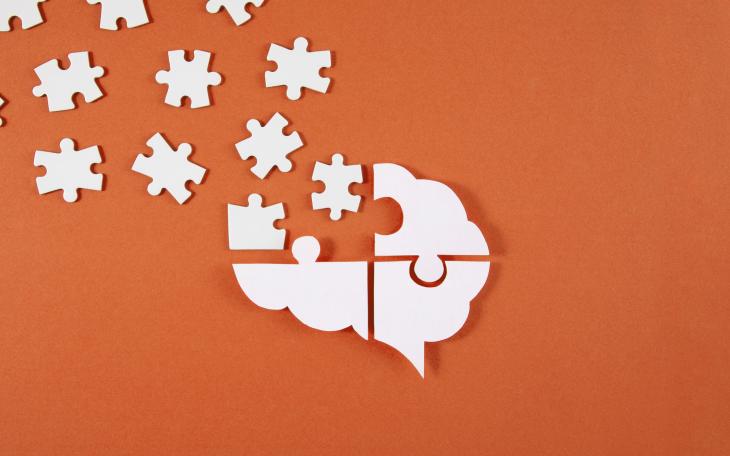#ConsumerCorner: Comms to get us talking about mental health

This week marks Mental Health Awareness Week, an initiative set up by the Mental Health Foundation to improve our overall wellbeing.
But while looking after and talking about our mental health struggles is no longer the taboo it once was, it seems the impact on our lives remains stubbornly high.
Younger people are taking the equivalent of one day off a week as mental health strains affect productivity, costing the economy £158BN, according to research. (Source)
And the pandemic, global unrest, the cost of living crisis and more, means mental health is front of mind for a huge amount of people.
One in seven of us in the UK say our mental health is currently bad or the worst it’s ever been, while NHS England spent £217.5 million on medication to treat depression and anxiety in 2023. (Source)
Therefore, it’s no wonder that an increasing number of brands are creating campaigns with mental health as a focus.
Whether this is a reputation-boosting exercise or an act of compassion, consumers seem to resonate with mental health campaigns, particularly younger audiences, with 28% of Gen Z agreeing that ads should raise awareness of social or environmental issues. (Source)
But given the sensitivity of subject and impact mental health can have on people’s lives, it’s important that marketing campaigns aren’t merely box-ticking exercises.
To get the most of a strong mental health campaign, marketing departments should consider the following:
-
Make a difference
It’s all well and good to have a nice marketing message, but if improving mental health (whether for your employees or consumers) is a priority, then the campaign should have a call-to-action or deliverable. This year, CALM (Campaign Against Living Miserably) is calling out the latest shocking suicide statistics and asking people to call out government inaction and demand higher funding for suicide-prevention services.
-
Be authentic
Having real people tell their stories can be incredibly impactful. This progresses the conversation about mental health and can make people feel less alone while ensuring that the angle is rooted in real life. LADBible’s ‘UOKM8?’ campaign highlighted real people, including Olympian Louis Smith, and their struggles with mental health. The videos encouraged the audience to talk to their mates about their mental health and went far and wide on social media.
-
Be educated
Looking at statistics and being reactive to your audience can work incredibly well. Suicide deaths are the highest they’ve been in 25 years and is the biggest killer in men under 50. Speaking directly to their audience, Norwich City Football Club’s ‘You Are Not Alone’ campaign in collaboration with The Samaritans shone a light on male suicide. The video has been viewed 1.4M times on YouTube in seven months and has sparked conversation about spotting friends that are struggling.
Just remember that consumers will see though anything performative and the risks in getting it wrong can be hard to contain. However, getting it right can help brands thrive and build a connection with consumers that may have been thought impossible in the past.








